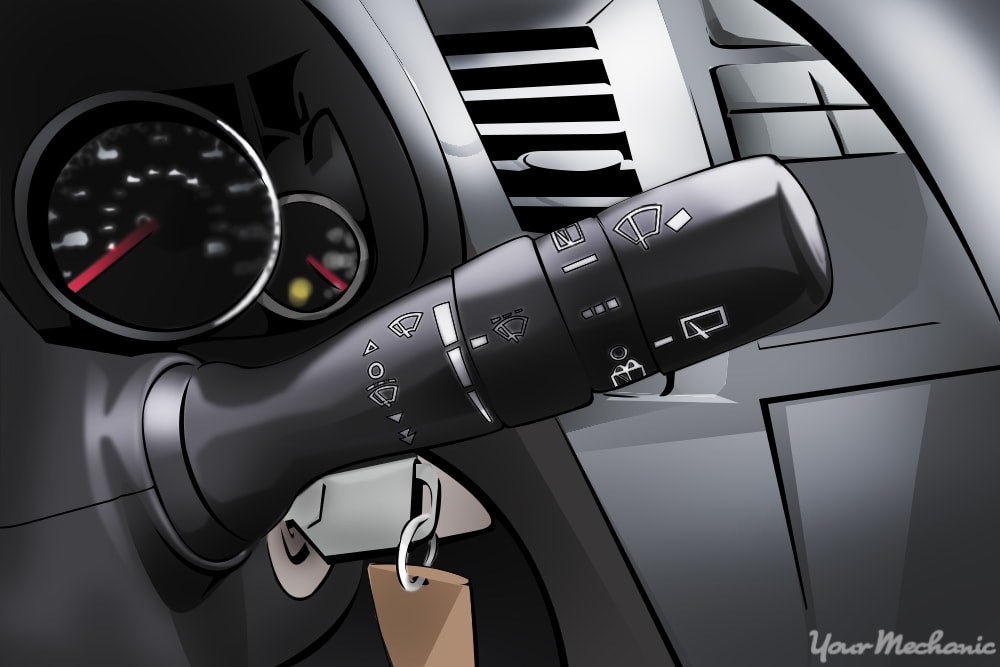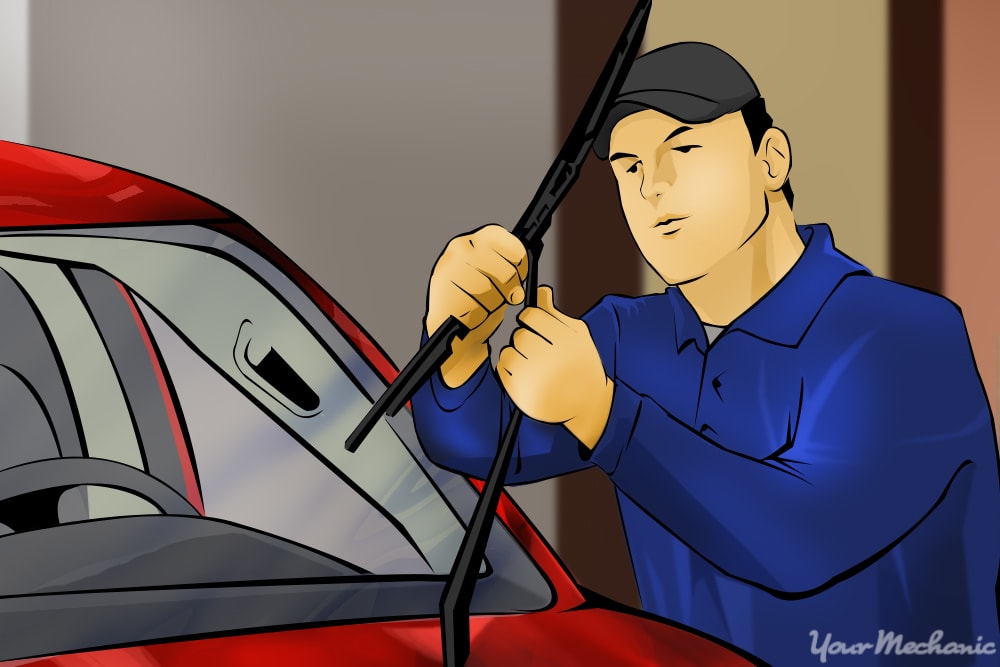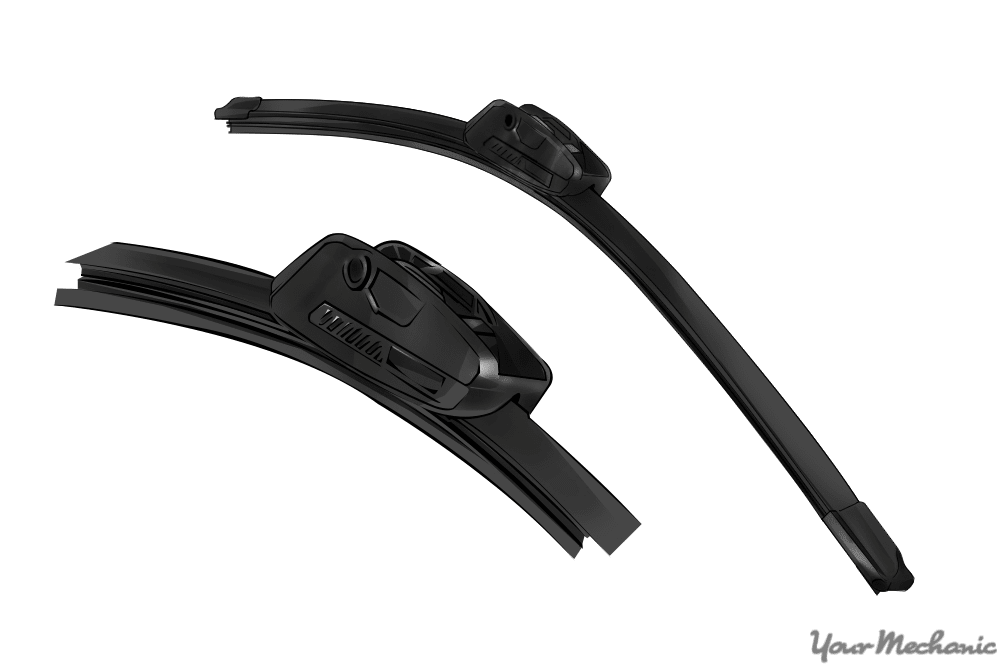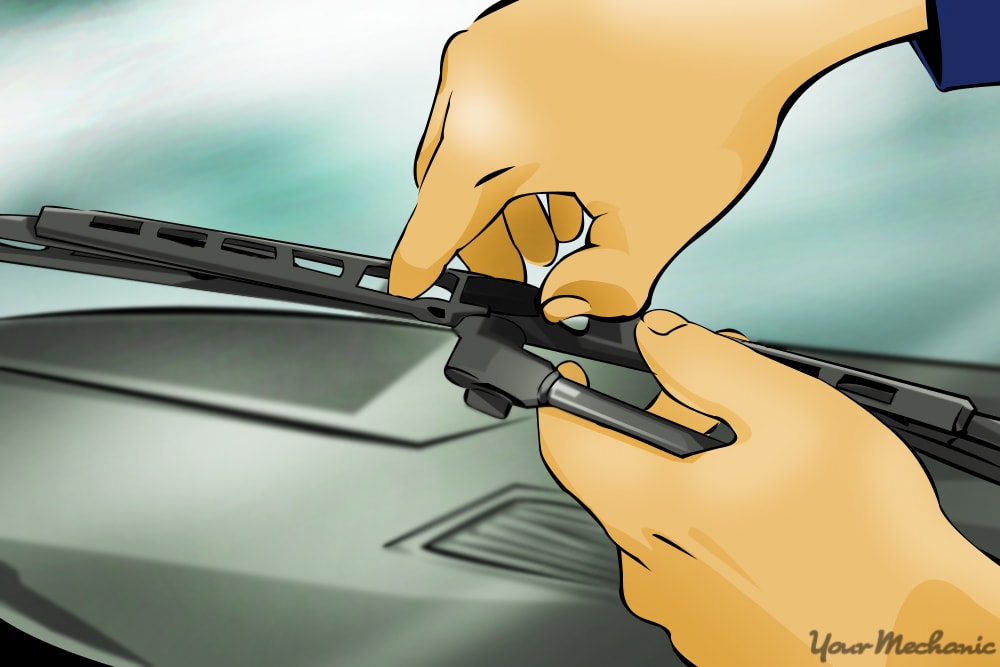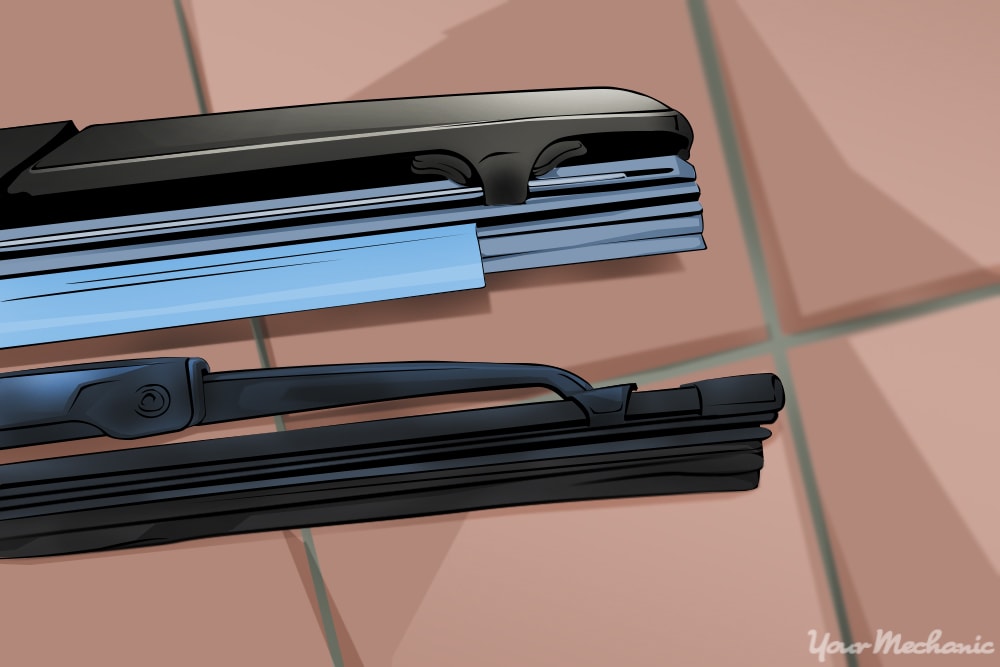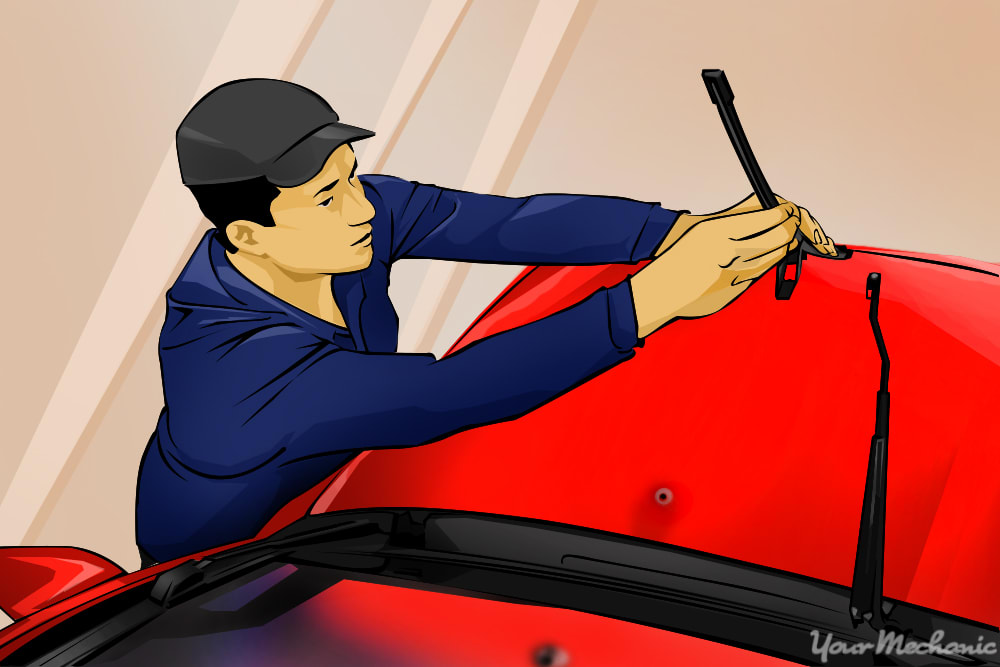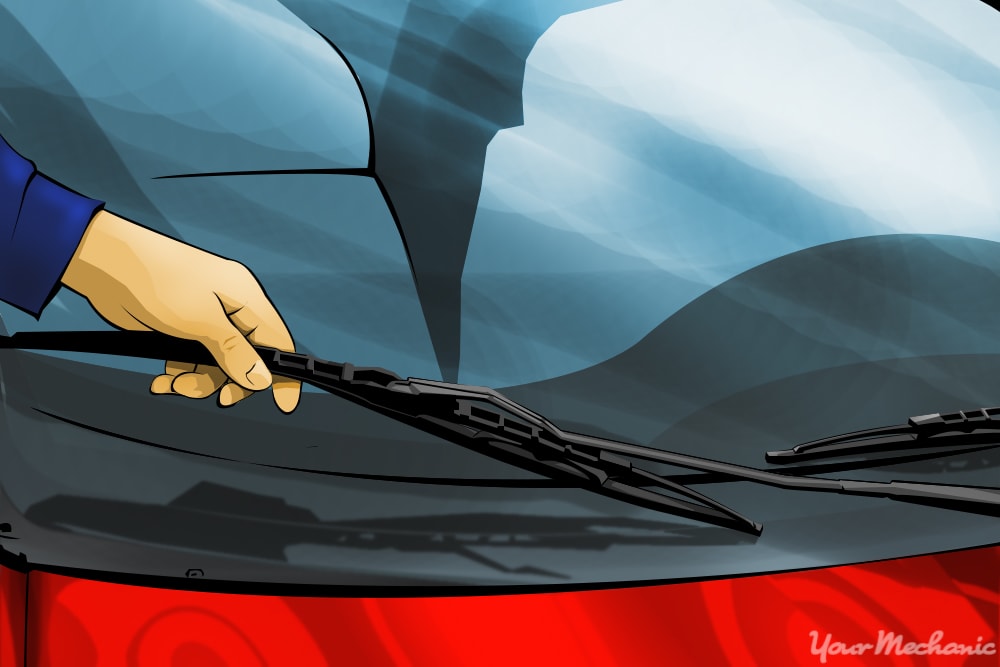

Windshield wipers typically consist of two arms that rotate back and forth across the windshield to push the water off of the glass. They work very similarly to how a squeegee works. But though they are all very similar, not all wiper systems work exactly the same.
When you turn on the wipers, the switch sends a signal to the wiper module. The module then turns on the wiper motor according to the switch position. The wiper motor then cycles, moving the wiper arms.
Most wiper systems work on multiple speeds. When the wipers are turned on you can put them on low, high, or even multiple intermittent speeds depending on what is needed.
When you turn on the windshield washer, the wipers will come on and make several swipes to clean the windshield.
Many modern vehicles use a rain sensing wiper system. This system uses sensors that monitor the water hitting the windshield. Through these sensors the computer makes a determination as to the speed at which the wipers should be moving.
Your windshield wipers are one of the most overlooked parts of you car. Most of the time we do not realize that we need them until it is raining.
Then, when that first rain of the season comes, we turn on the wipers, and they do nothing more than smear the water around on the windshield. In some cases, they are bad enough to scratch the windshield as they have completely deteriorated.
It is a good idea to change your wipers once a year to keep them functioning as they were originally designed. Knowing how to change the wipers can keep you from being caught in the rain without them.
Part 1 of 1: Replacing the wiper blades
Materials Needed
- Flathead screwdriver
- Wipers specific to your vehicle
Step 1: Gather the materials. Before attempting to replace the wiper blades, it is important to have everything to make the job go quickly and easily. This should be a simple repair that requires very little prep, tools, or parts.
Most importantly, you will need to purchase the wipers. If you purchase the wipers at an auto parts store, you will have many different options. When it comes to wipers, you get what you pay for, so try to stay away from the cheap wipers.
Also, make sure that you purchase the wipers that are specific to your vehicle. Some cars require a different wiper size on the passenger side than on the driver side.
A flathead screwdriver will be helpful if you need to do some extra prying at some point in the replacement process.
Step 2: Prepare your vehicle. Park your vehicle and turn off the ignition.
Step 3: Access the wipers. Lift the wipers away from the windshield to gain better access.
Step 4: Locate the wiper arm adaptor. Find the small locking tab on the wiper adaptor. This is where the wiper connects to the wiper arm.
Step 5: Remove the wiper blade from the arm. Press on the locking tab and pull the wiper blade from the wiper arm. On some vehicles, you will need to push down on the blade, and on others, you will pull up on it.
If necessary, you can use your flathead screwdriver to help you pry the blade from the arm, but take care not to damage the locking mechanism.
Step 6: Prepare the new wiper. Remove the new wiper from its packaging and match it to the old wiper.
- Tip: Most new wipers will come with a pack of mounting adaptors. Find the adaptor that matches the one that was on the old blade and place it on the new blade.
Step 7: Install the new wiper. Similar to the removal of the old wiper blade, locate the wiper arm adaptor and lock the new blade into the wiper arm.
When it is properly in place it will make a snapping sound indicating that the locking tab has locked it in place.
Return the wiper to its normal operating position against the windshield.
Step 8: Test the wipers. Turn on the wipers to make sure that they function properly and do not come off of the arms.
Many newer vehicles are equipped with advanced wiper systems. These systems require that extra care and steps be taken when replacing the windshield wipers.
Many new cars have wipers that adjust their position on the windshield over time. As the wipers wear out, the computer adjusts the placement of the wipers to keep them from wearing marks into the glass. Vehicles that are equipped with wiper systems such as these require that the computer be reprogrammed after replacing the wiper blades.
In most cases, replacing the wipers can be a breeze. If the wipers do not easily come off of the arms, however, it can be a little more tedious. In some cases, it may be easier to have a certified mechanic, such as one from YourMechanic, come out and change your wiper blades for you, and reprogram the computer if necessary. If you’re in doubt about how frequently to replace your wipers, or just have questions about the current health of your car, you can look up your car to find out more about when it needs to be serviced.



